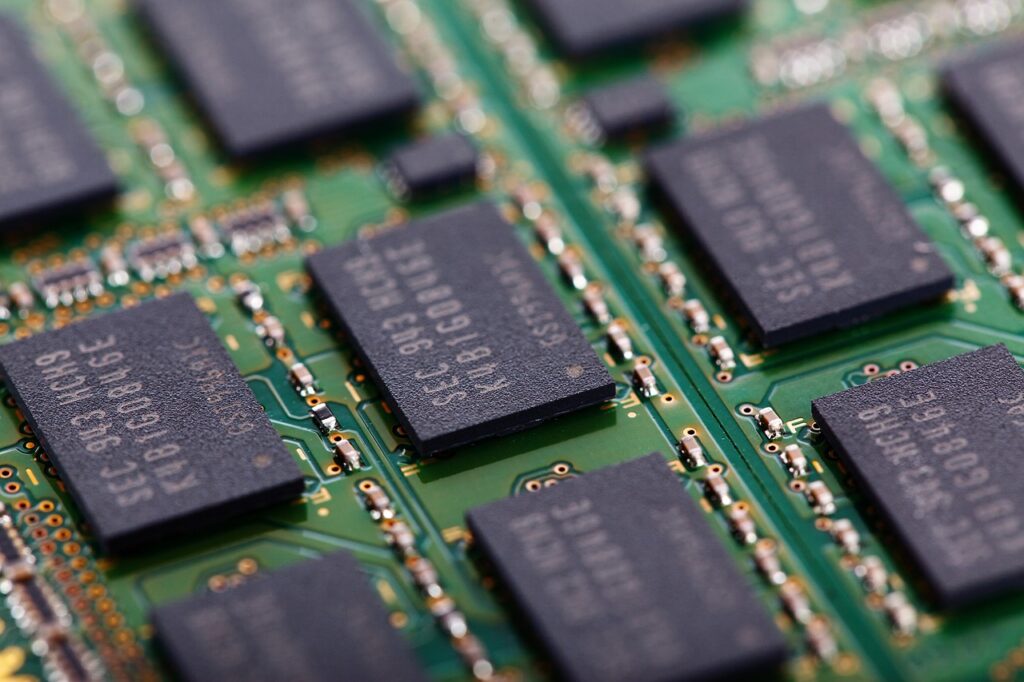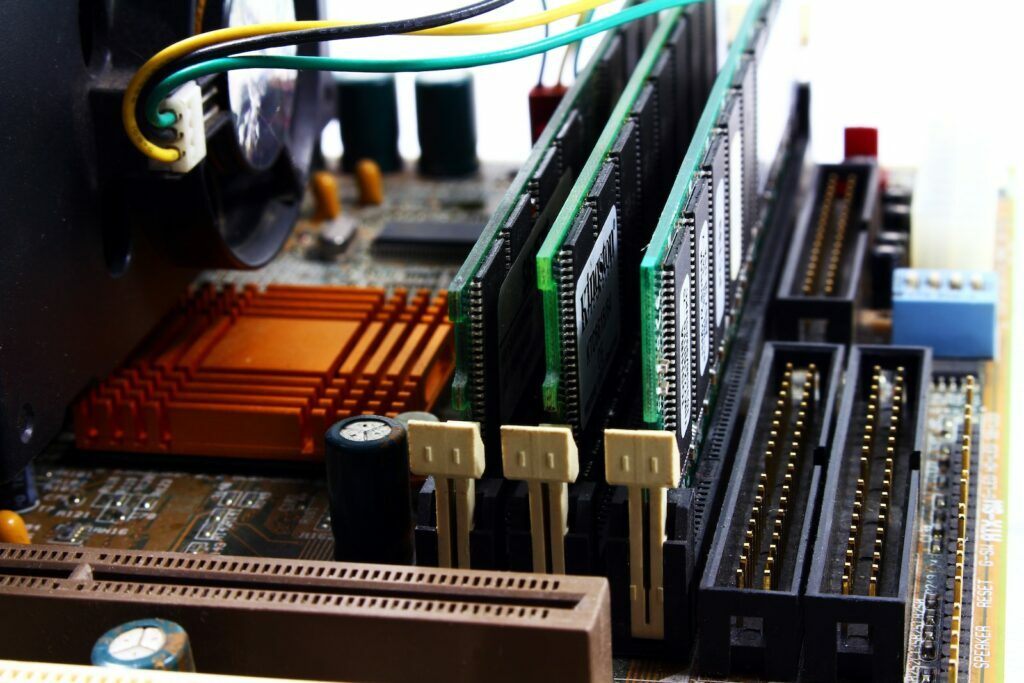Can you put 3200mhz RAM in a 2666mhz Motherboard?
Contents
For anyone looking to upgrade their computer, one of the most important factors is making sure that everything is compatible. That’s why potential upgraders might be wondering: Can you put 3200mhz RAM in a 2666mhz motherboard?
The short answer is yes, but there are a few things to keep in mind.

First off, it’s important to know what kind of system you have. If you’re running an Intel system, then you’ll need to check if your CPU supports DDR4-3200 memory.
You can find this information easily enough by doing a quick Google search. For AMD systems, any Ryzen CPU released after 2017 will support DDR4-3200 memory out of the box.
Check more solutions & Knowledge Base articles.
Once you’ve confirmed that your system can support 3200mhz ram, the next step is to check your motherboard’s specifications. Most modern motherboards will list what frequencies they support in the product description. If you’re unsure, you can always contact the manufacturer directly.
Assuming your motherboard does support 3200mhz ram, the next thing to consider is compatibility with your other components. In some cases, using higher-frequency RAM can lead to stability issues.
It’s generally recommended that you use RAM of the same frequency as your motherboard’s native speed. So, if your motherboard has a maximum supported frequency of 2666mhz, it’s probably best to stick with that.
Of course, there’s no harm in trying out different combinations of components and seeing what works best for you. Just remember to do your research beforehand and made sure everything is compatible!
Can you put 3200mhz ram in the 2666mhz motherboard?
Yes, you can put 3200mhz ram in a 2666mhz motherboard, and there are several benefits to doing so. Higher-speed RAM will generally offer better performance, lower latency, and higher data transfer rates.
It’s important to check compatibility before installing new RAM, however, as some motherboards may not support higher speeds. The installation process is typically straightforward, but there are a few things to keep in mind to get the most out of your new RAM.
Finally, be aware of potential issues that could arise, such as compatibility problems or instability.
The benefits of doing so
Higher-speed RAM will offer improved performance over slower models due to its increased clock speed. This means that it can handle more instructions per second and provide faster data access times.
Additionally, higher-speed RAM usually has lower latencies, meaning that there is less of a delay between the CPU requesting data and the RAM actually providing it.
Finally, higher-speed RAM often supports higher data transfer rates, allowing for greater bandwidth between the CPU and RAM. Overall, these benefits can lead to a noticeable boost in system performance.
How to check compatibility
Before installing new RAM, it’s important to check compatibility with your motherboard. Many motherboards have specific speed limits that they support, so be sure to check what yours is before purchasing new RAM.
Additionally, some motherboards only support certain types of RAM, so be sure to check which type (DDR3 or DDR4, or DDR5) is compatible with your motherboard.
You can typically find this information in your motherboard’s manual or on the manufacturer’s website.
Tips for getting the most out of your new RAM
There are a few things you can do to get the most out of your new RAM. First, make sure you’re running the latest version of your operating system as this can provide significant performance gains.
Additionally, if you’re using multiple modules, be sure to install them in pairs for the best performance. Finally, try overclocking your RAM to further improve performance.
This can be done through your motherboard’s BIOS settings, but be sure to research how to do it properly first as it can potentially damage your hardware if done incorrectly.
Potential issues to watch out for
There are a few potential issues to be aware of when installing new RAM.
First, incompatibility between your motherboard and the new RAM can cause problems. Make sure to check compatibility before installation to avoid any issues. Additionally, instability can sometimes occur when mixing different types or speeds of RAM.
If possible, try to use identical modules for the best results. Finally, upgrading your BIOS may be necessary in some cases to support the new RAM speed. Be sure to check for updates on your motherboard manufacturer’s website before proceeding with the upgrade.
Upgrading your BIOS
In some cases, upgrading your BIOS may be necessary to support the new RAM speed. This is typically only required for very high-speed modules (>2666MHz), however, so be sure to check your motherboard’s specifications first.
Upgrading your BIOS is typically done through a utility provided by the motherboard manufacturer, and instructions on how to do so can usually be found on their website.
Conclusion

While you can technically put 3200MHz RAM in a 2666MHz motherboard, the performance increase will be negligible at best. So unless you’re looking to overclock your system or you’re using some high-end applications that benefit from faster RAM, there’s no need to upgrade.
- 7 Best Motherboards for AMD Ryzen 5 7600X - June 27, 2025
- AMD Ryzen 5 7600X Unlocked Desktop Processor Review - June 26, 2025
- microATX vs ATX motherboard: Which one is better for you? - June 26, 2025